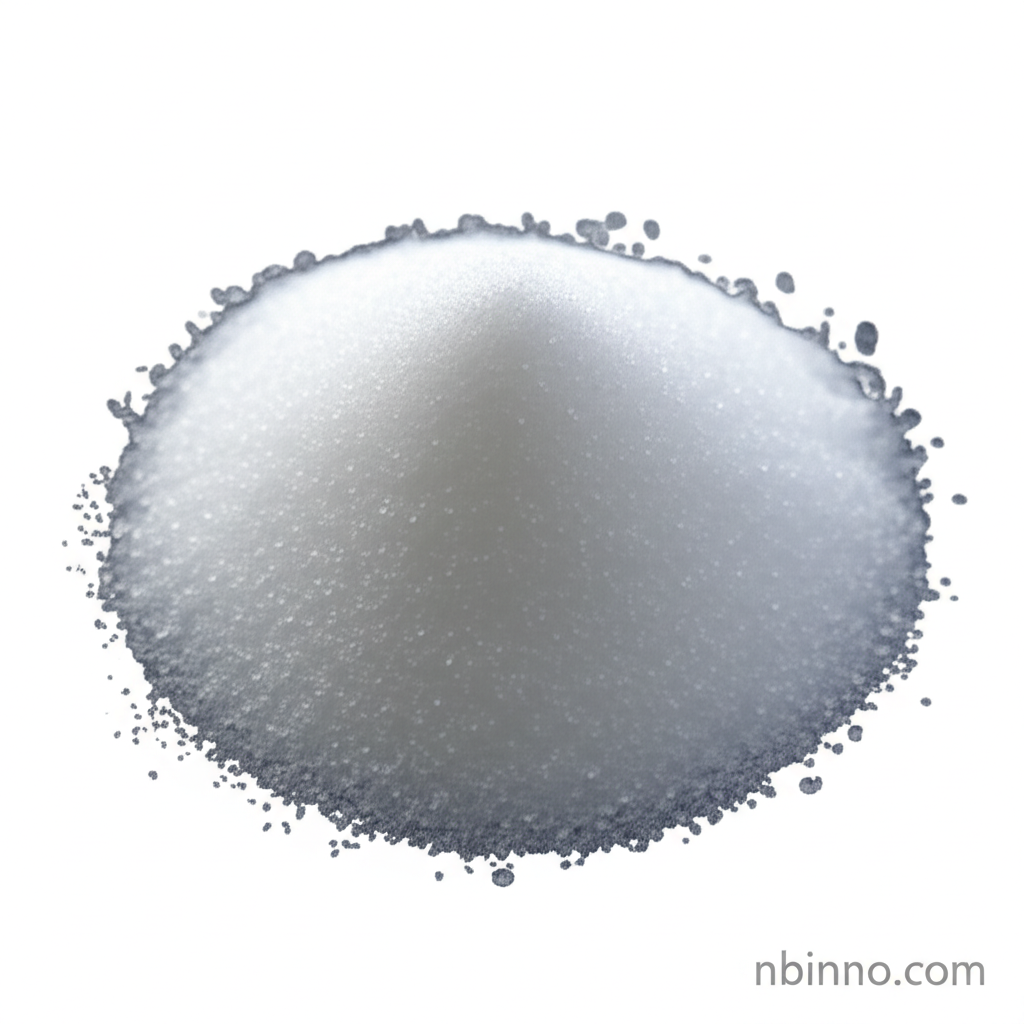Bisphenol A Cyanate Ester: High-Performance Monomer for Advanced Thermosets and Composites
Unlock superior thermal and mechanical performance with this advanced chemical intermediate.
Get a Quote & SampleProduct Core Value

Bisphenol A Cyanate Ester
Bisphenol A Cyanate Ester is a crucial component for developing high-performance thermosetting resins, offering exceptional thermal stability and mechanical strength. It is vital for applications demanding resilience in extreme conditions, such as in the aerospace industry.
- Explore Bisphenol A Cyanate Ester aerospace applications and understand its critical role in aircraft and spacecraft component production due to its minimal outgassing and high strength-to-weight ratio.
- Discover the benefits of high temperature composites cyanate ester formulations, which leverage its ability to withstand harsh chemical environments and extreme temperatures.
- Gain insights into cyanate ester toxicity myths and how Bisphenol A Cyanate Ester is significantly less harmful than traditional cyanides when handled properly.
- Learn about safe handling cyanate ester protocols, including proper storage, protective gear, and ventilation, to ensure worker safety and environmental compliance.
Advantages of Bisphenol A Cyanate Ester
Exceptional Thermal Stability
With a highest thermal decomposition temperature exceeding 450°C and a glass transition temperature above 260°C, this compound is ideal for environments requiring sustained performance under heat. Understanding cyanate ester thermoset properties is key to maximizing its potential.
Superior Mechanical Properties
The highly cross-linked thermoset polymers formed from this monomer offer remarkable mechanical strength and durability, making them indispensable for demanding engineering applications and exploring Bisphenol A dicyanate monomer capabilities.
Low Dielectric Properties
Its low dielectric constant and dissipation factor are critical for high-frequency electronic applications, ensuring signal integrity. This characteristic is a significant advantage in advanced electronics and circuit board manufacturing, highlighting the importance of the cyanate ester curing process.
Key Applications
Aerospace and Defense
Bisphenol A Cyanate Ester is used in aerospace-grade cyanate ester composites for aircraft and spacecraft components, valued for its thermal stability and mechanical resilience in extreme conditions. This aligns with the benefits of high Tg cyanate ester materials.
Electronics and PCBs
Its excellent electrical properties and high glass transition temperature make it ideal for printed circuit boards (PCBs) and other electronic applications where performance and reliability are paramount.
Advanced Composites
It serves as a building block for advanced composites, enhancing thermal and mechanical properties crucial for high-performance material breakthroughs.
Pharmaceutical and Pesticide Intermediates
The compound also finds utility as an intermediate in the synthesis of medicines and pesticides, demonstrating its broad chemical applicability.
